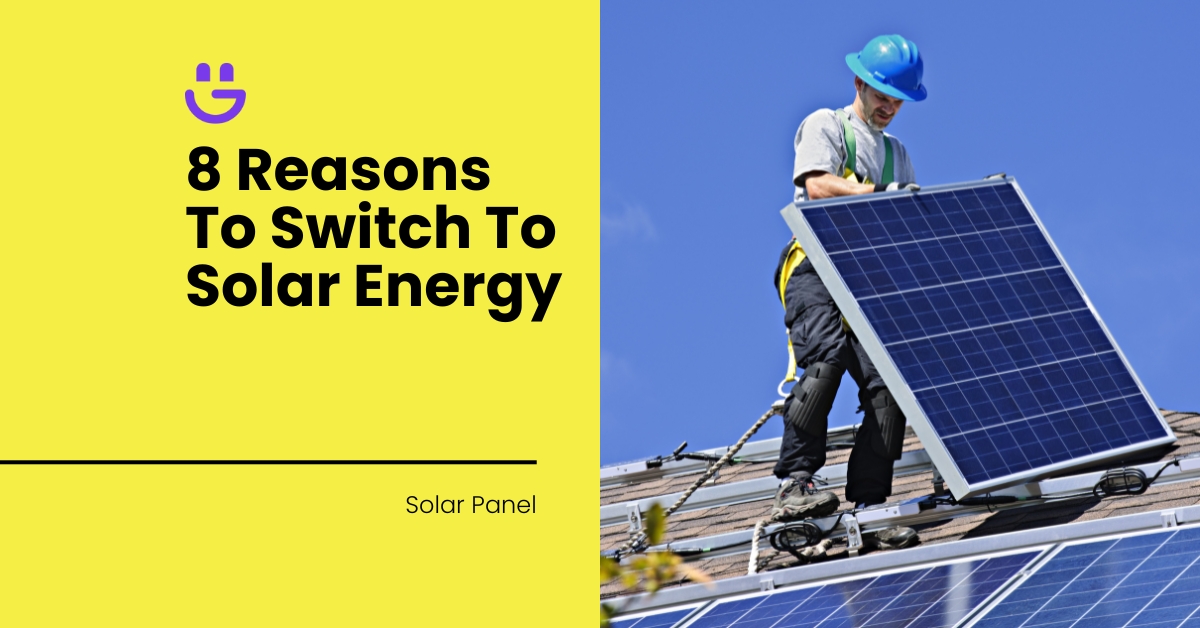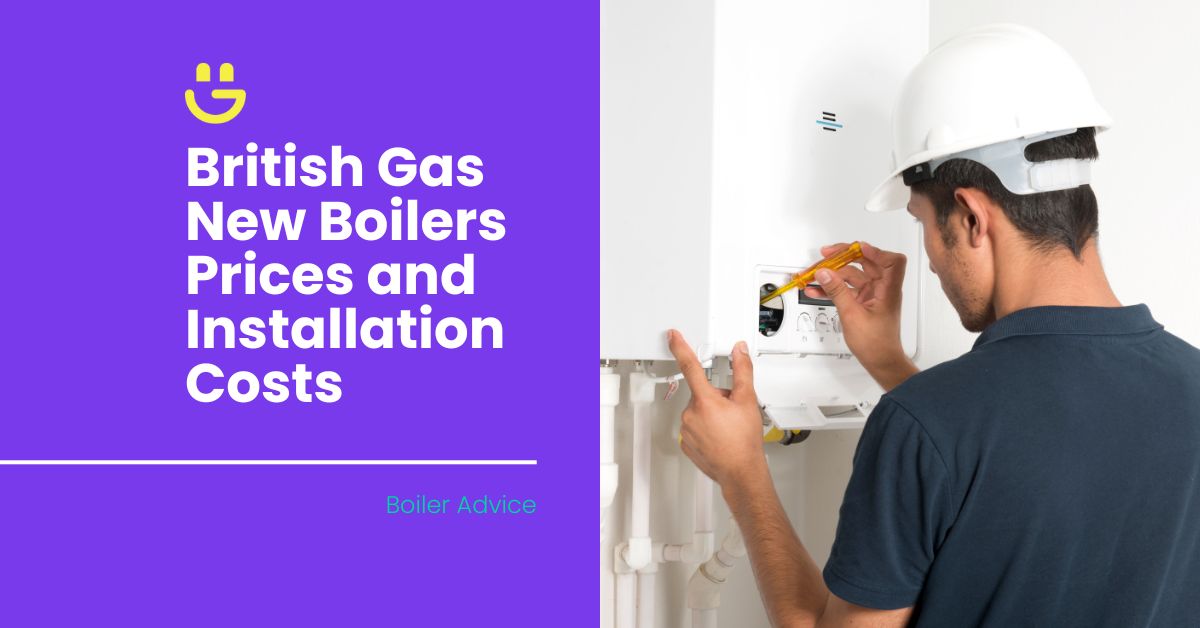Last Updated on November 14, 2025
The average payback period for solar panels is around six to 10 years. However, there are a variety of factors that influence the payback periods for solar panels, including the cost of your initial investment and the efficiency of your solar panels.
For property owners wanting to reduce their carbon footprint and save money on monthly energy bills, installing solar panels is a great option. However, you’ll first need to understand how long it’ll take to receive a return on your investment to determine whether it is a financially viable option.
In this article, we’ll take a look at the solar panel payback period in more detail, what impacts these costs, and how to calculate when you’ll receive a full ROI.
Contents
What Is The Solar Panel Payback Period?
As mentioned, the average solar panel payback period ranges from six to 10 years, although it can vary. This is the amount of time it takes to save money on your electricity bills, which then offsets the initial cost of installing solar panels. Understanding this payback time helps establish the financial viability of installing a solar system.
A big factor that impacts the total cost of the system is what type of solar panels you have and what extras you include in your setup. This can increase your initial cost and extend the payback period. However, a basic system with no extras, like batteries, could have a shorter payback period.
The less time it takes to offset the initial investment and recoup the total cost, the faster you’ll see a return on your investment.
What Factors Impact Your Solar Payback Period?
There are a few factors that can impact your solar payback period.
Initial investment in your solar panel system
Your initial solar investment is the major contributing factor to the payback period. This includes how many solar panels you have, components like battery storage and inverters, and installation costs. Solar system costs can vary based on their size and output.
If you had to take a loan to get the system installed, there would probably be interest added to the loan amount, too. This will also affect your ROI.
Solar panel efficiency
Different solar panel brands’ products vary in terms of quality. If you invest in a good, highly efficient brand, your panels will likely produce more solar energy. As a result, you will likely see a faster ROI.
Exposure to sunlight
The more sunlight your solar panels receive, the more energy they can generate. This can reduce your monthly electricity bills and, if you have excess electricity, you can sell it back to the grid via the Smart Export Guarantee. Ultimately, this can result in a shorter solar panel payback period.
Battery storage
Solar battery storage provides a catch-22 situation. There is the initial outlay for solar battery storage; however, being able to store energy means that you will require less energy from the national grid when there is no sunlight. This amounts to energy savings and a shorter payback period.
Solar incentives
Depending on where you live in the UK, you could enjoy the benefits of net metering. This is a type of power purchase agreement whereby you can sell your excess solar electricity to your utility company. You could receive credits on your electricity bills, which will reduce your monthly payment.
How Can You Calculate Your Solar Payback Period?
Here’s a look at the steps involved in calculating your solar payback period:
1. Determine the total expense of a solar system
Firstly, you need to calculate your initial outlay. Take into consideration all of these costs:
- Solar panels: This is your biggest outlay, as the solar panels are the main product in your investment. The size, quality, and strength of the panels will affect their costs.
- Accessories: You may want to invest in batteries to store any excess energy and a solar charge controller to regulate the battery charging.
- Installation: These costs would include the labour to install the solar panels and any mountings or extra work required. For example, it may require electrical work to connect you to the grid.
- Financing: If you require a loan to purchase and install solar panels, factor in the interest and how long it will take to repay the loan.
2. Factor in financial incentives
Another crucial factor for your calculations is if you have applied for any of the government incentive programmes. The UK Government wants to move away from boilers and heating systems that rely on fossil fuels. Thus, they offer financial incentives to households that install heat pumps and solar panels.
Here are some of the financial aids that may be available to you.
Smart Export Guarantee
The Smart Export Guarantee (SEG) pays you for every unit of electricity produced by your solar panels that you send back to the grid.
Zero VAT on energy-efficient products
The UK Government currently offers homeowners zero percent VAT on products that work with energy-efficient technologies. These include items like solar panels and batteries. This can mean a huge saving on the upfront costs, which also reduces the solar payback period.
ECO 4
The Energy Company Obligation (ECO 4) grant is available to eligible, low-income households. It helps improve their homes’ energy efficiency and reduce their reliance on fossil fuels. This can help offset the initial cost of solar panel installation, reducing the ROI period.
3. Work out how much your energy savings will be
Next, you need to determine your energy savings.
- Look at your energy usage over 12 months. This will cover every season, including both high and low usage periods.
- Look at how much energy production could result from your solar panels.
- Subtract the energy production from your usage. This will give you an indication of the energy savings.
Remember that the figure could be negative or positive, meaning that you may still require some energy from the national grid.
4. Calculate your payback period
Here is the basic formula that will give you a rough estimate of your solar panel payback period:
Payback period (years) = Total system cost / annual electricity bill savings
If you take the total solar panel system cost and divide it by the predicted savings, it will give you an indication of how many years it will take to recoup your investment.
Here is a basic example:
- Total system cost: £20,000
- Annual bill savings: £4,000
- Total payback period: £20,000 / £4,000 = 5 years
It is important to remember that these calculations are not exact. Energy prices increase, and your solar panels may need maintenance, which involves extra costs. Additionally, during cloudy periods, you may not have a lot of excess energy to send back to the grid.
What Are The Benefits Of Solar Panels Beyond The Payback Period?
There are immense benefits that make the payback of solar panels worth it.
- Reduced reliance on the national grid: If your solar panels supply enough solar power, you won’t need to rely on your utility company as much as you did before.
- Your home could increase in value: If you want to sell your home down the line, prospective buyers may find solar energy an attractive feature.
- Contribute to a greener future: With reduced greenhouse gas emissions, solar panels have a lower environmental impact than other energy sources.
FAQs
What happens after the payback period?
After the payback period, you will start to enjoy the true benefits of solar panels and the good, clean energy they generate. Even though you may already have seen significant savings on your electricity bill, this is when the real savings start, as there is nothing left to pay back.
How do I evaluate a good solar panel payback period?
You need to look at the time it will take to reach the break-even point and consider those in relation to your personal goals and financial objectives. Look at the lifespan of the solar panel system and the type of performance you expect from it. If the payback period is under 10 years, you are well within the average time frame.
What can I do to reduce my payback period?
To shorten your payback period, you can reduce your electricity usage to increase your annual savings. Remember that the solar electricity generated can help offset costs if you take advantage of local incentives like net metering. Electricity prices also increase periodically, which will inevitably shorten your payback period.
Final Thoughts
Solar panels save you money in the long run and pay for themselves within a few short years. When you calculate the solar payback periods compared to the amount of money you will save, it is a worthy consideration to have solar panels installed.
While several factors play a part in calculating the payback period, your unique circumstances will be the ultimate deciding factor.
If you’re ready to take the plunge and go green, contact us at Eco Happy for more information and get a free quote for your solar system today.





Tom Allen
Solar Expert